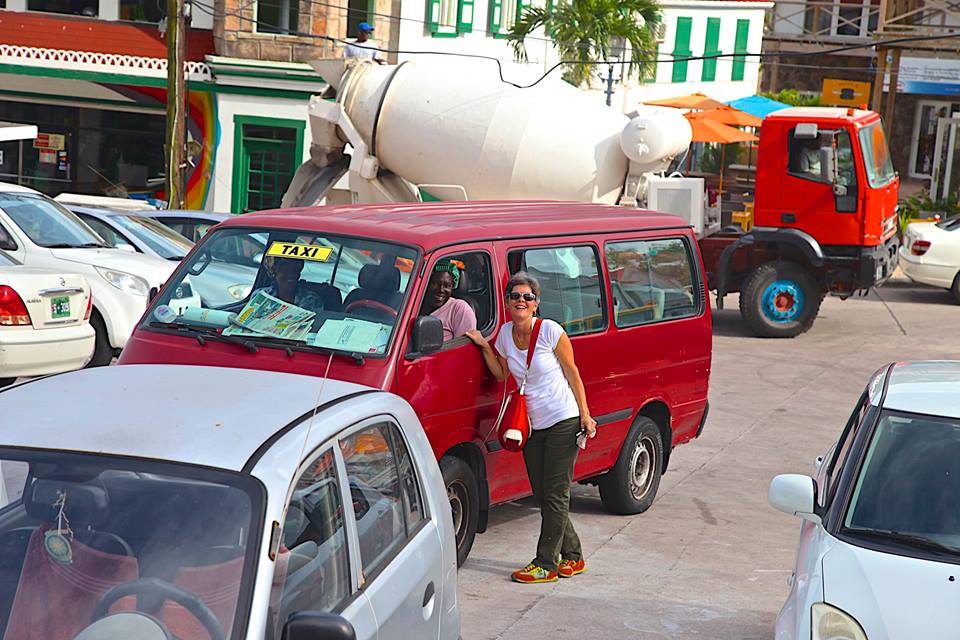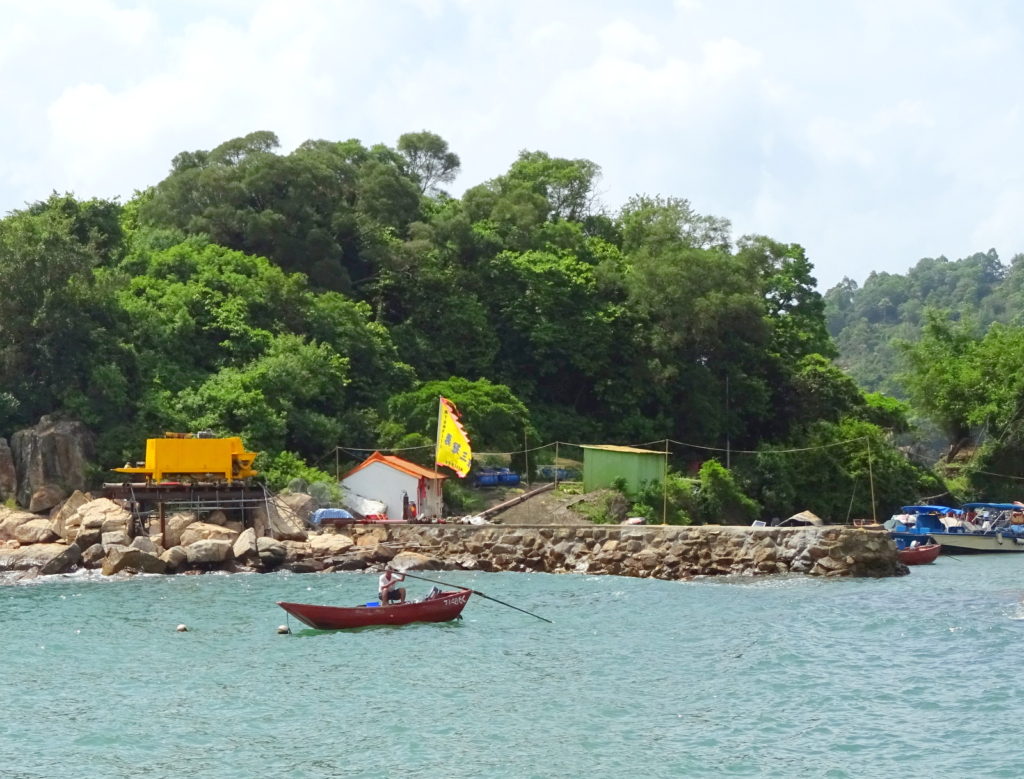
A fishing boat in the harbor at Yong Shu Wan
On a steamy but sunny Sunday in Hong Kong, I packed a swimsuit, an umbrella (to ward off rain) and a hotel hand towel, in the thoughtfully-provided nylon carry bag left in my room at the East Hotel and headed for the ferry to spend a day on Lamma Island.
This is not just a place to go swimming, it is a hilly walk through fecund forests where every break in the trees yields another spectacular view of small, colorful structures tumbling down the hills and flag-bearing fishing boats bobbing on the water. Just twenty minutes across the water from super-bustling Hong Kong, it is the antithesis of Asia urban, a place where both cars and high rises are forbidden.
My ferry docked at Yong Shu Wan on the north west side of the island and I set out, along with everyone else, for the footpath leading to the beach. Unlike everyone else, I turned right instead of going straight and headed directly into an adorable community of aging hippies, expats and dreadlocked Gen Y’ers distributed among the to-be-expected Chinese residents.
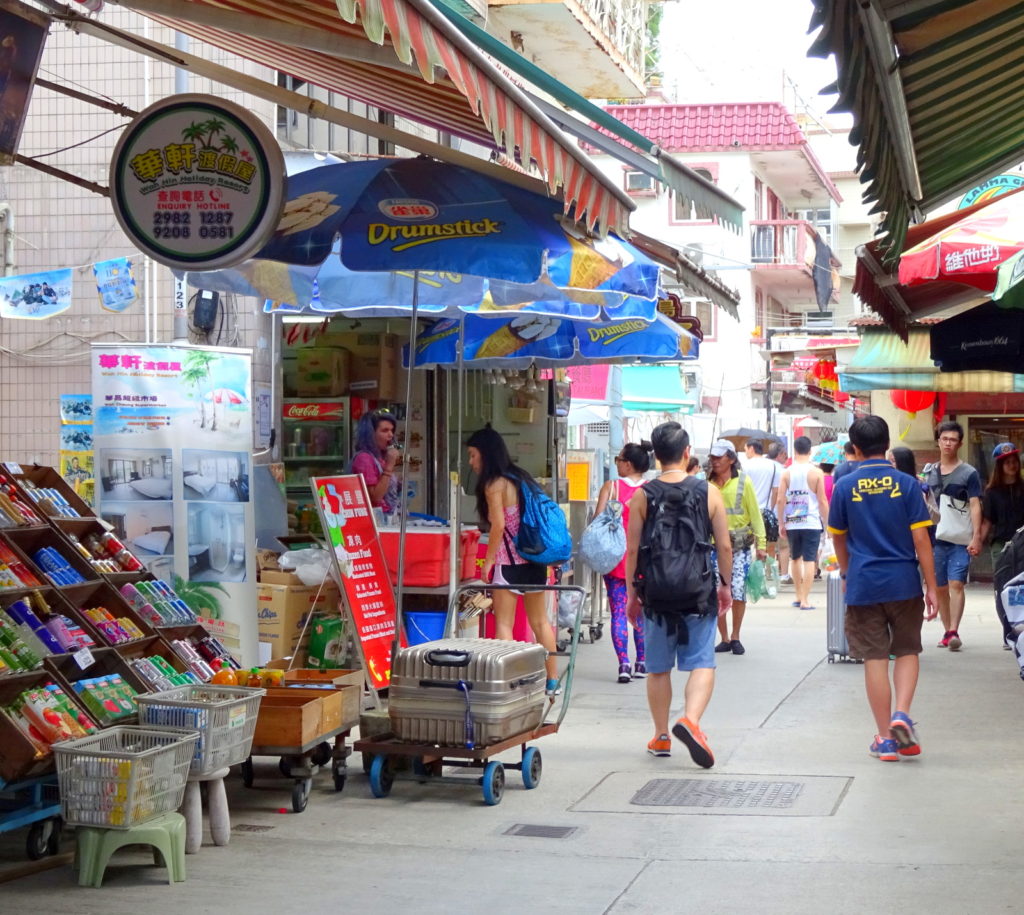
The village of Yong Shu Wan
Everyone was selling something, used books, coffee, dried fish and stunning fruits and vegetables. Dozens of restaurants offered fresh fish.
I was tempted. It had been a while since breakfast, but I opted to hike first and eat later; I imagined a leisurely early supper with a refreshing beer at Sok Kwu Wan on the other side of the island, the harbor where I would get my ferry back to Hong Kong.
It was a poor decision and the only thing I regret from an otherwise perfect day. But I’m getting ahead of myself and on a hike in unknown terrain that is not wise.
All of Lamma Island is connected by paved trails, virtually indistinguishable from the footpaths leading to individual homes. After accidentally winding up on the doorstep of a few locals, a greying Brit, looking for his dog, came to my aid.
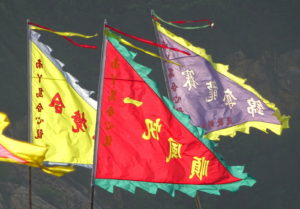 “You can get to the beach from here,” he assured me. “Many people don’t know the shortcut,” and he proceeded to send me on my way. Soon I met up with my fellow ferry passengers and within the hour, the beach appeared. In moments I was in the water.
“You can get to the beach from here,” he assured me. “Many people don’t know the shortcut,” and he proceeded to send me on my way. Soon I met up with my fellow ferry passengers and within the hour, the beach appeared. In moments I was in the water.
Because I was traveling alone, and had a few valuables with me, a camera, my phone and my wallet, I swam facing the beach – and the bag I’d left on that tiny hand towel. So imagine my surprise when I turned for a moment to look outward and saw an enormous power plant within swimming distance.
Lamma Island may be the go-to place for a back-to-nature experience but it is also churning out power by the megawatt. Home to just six thousand people you’ll find the second largest coal-fired power station in Hong Kong here too. When I returned after dark to the riotous light show that is the city skyline, I could appreciate the source of all that juice.
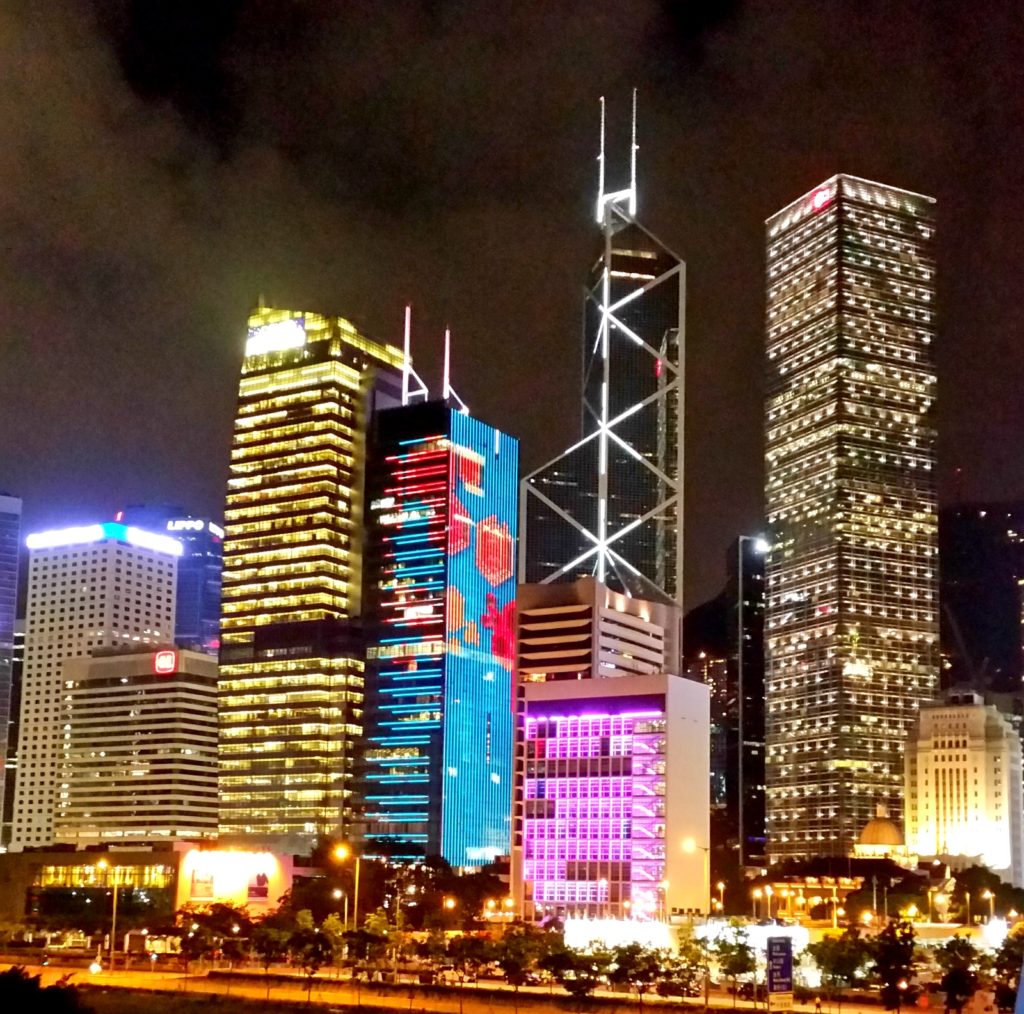
Now I know the source of Hong Kong’s power.
With a long walk still waiting, I showered off and got back on the trail, warned that a fifty minute hike was still ahead, but oblivious to what I would soon discover; it was mostly uphill. Swigging water and pausing often to catch the view as well as my breath, I congratulated myself on selecting this particular day trip.

As the sun lowered in the sky, the path started to descend. I offered warnings to those just arriving from the other direction, that the way was steep, long and hot as blazes, but well worth it. I held back from commenting as I smiled at a twenty-something Chinese girl who was kicking off her high heeled shoes to make the walk in bare feet.
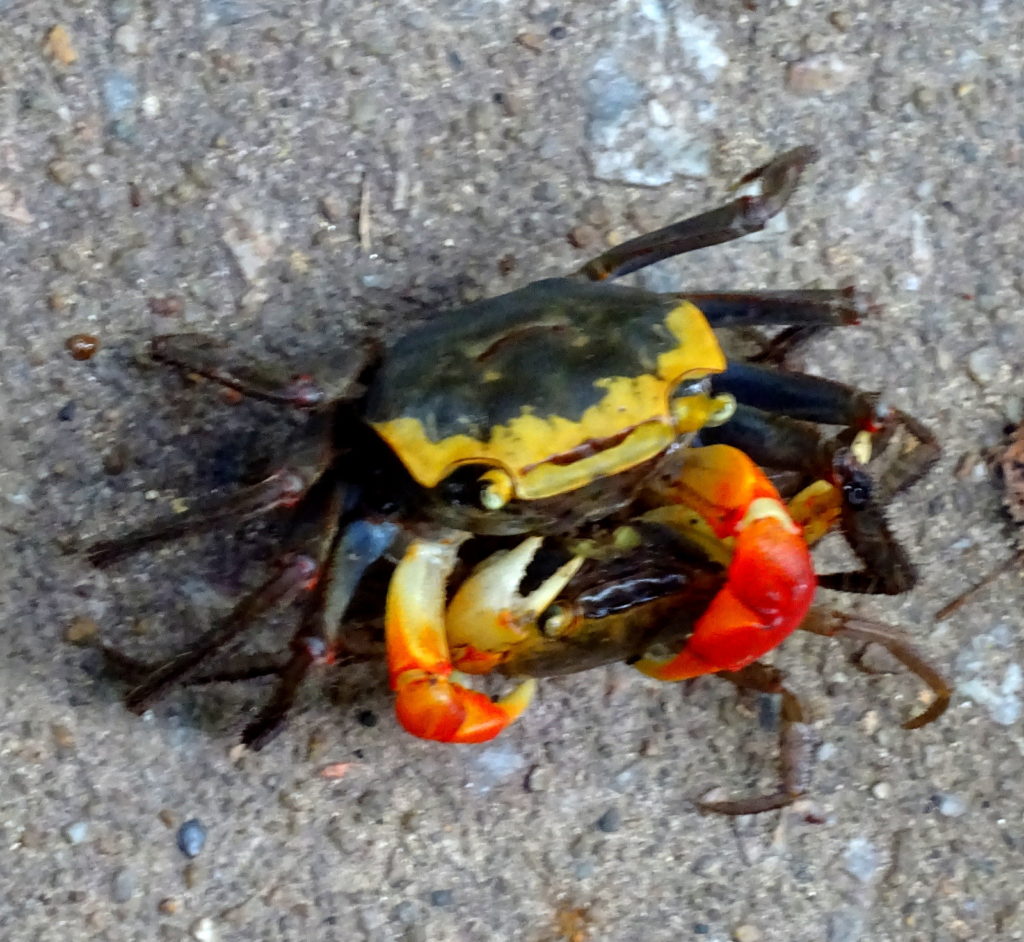
Afternoon crab delight
Just a few minutes earlier on the path, I spied two crabs enjoying an “intimate moment” and hoped the girl without shoes sidestepped them, for everyone’s sake.
I thought again about those crabs after my dinner at one of the dozen restaurants lining the walk to the dock. I hoped the fruit of their afternoon tryst would produce many babies, because judging from the price I paid, crabs must be precious. The single crustacean perched atop rice noodles and black beans accompanied by a bowl of rice and a Japanese beer came to $55 US.
I swallowed the last of my Asahi and reminded myself, always ask ‘how much?’ before ordering from a menu that does not list prices.
But really, a hike, a swim and another lesson in the ways of the world? For all three, it was a bargain.
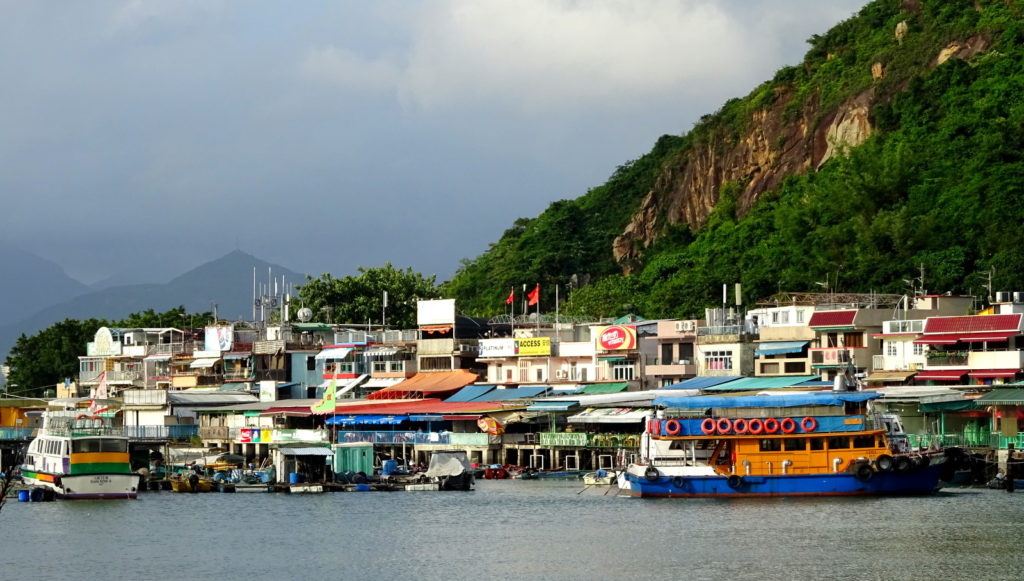
View of Sok Kwu Wan from the path

Author of The New York Times bestseller, The Crash Detectives, I am also a journalist, public speaker and broadcaster specializing in aviation and travel.
